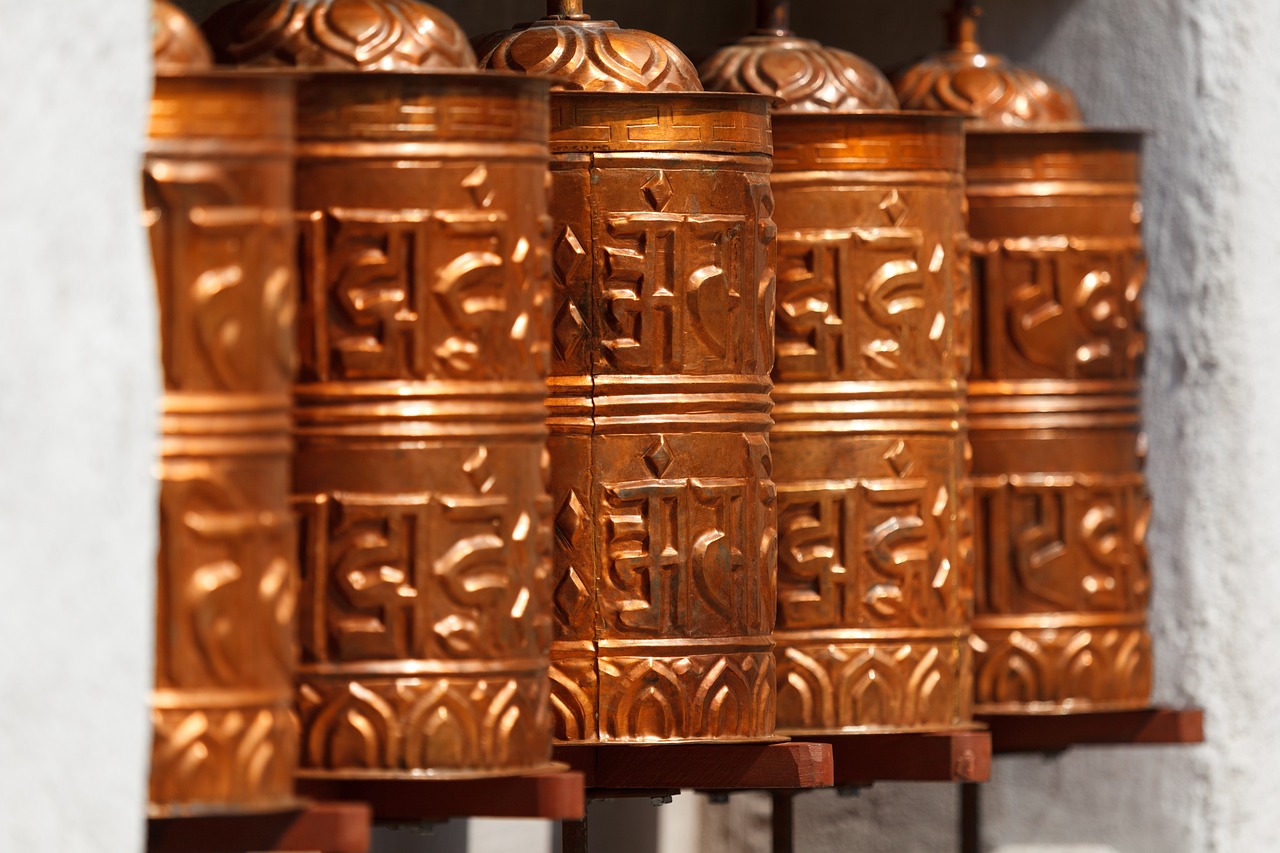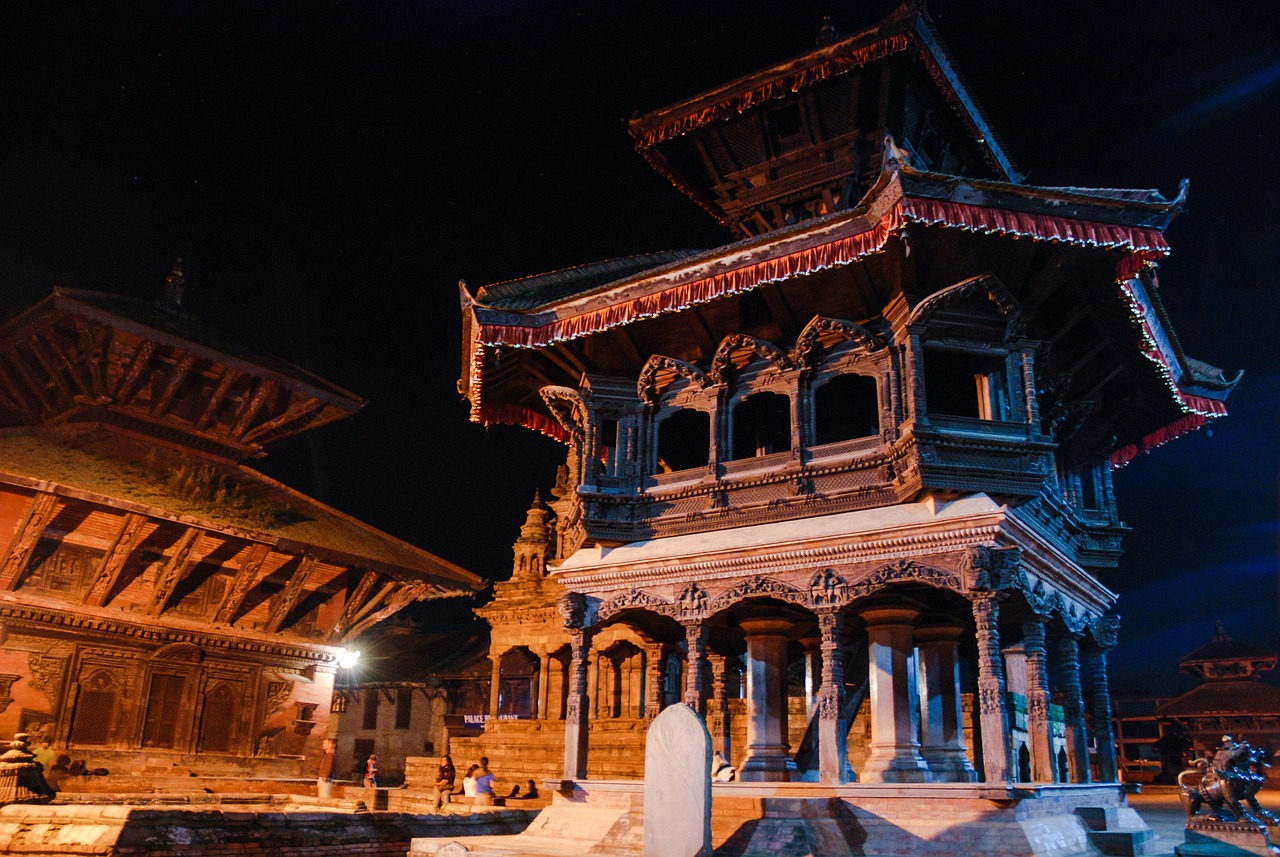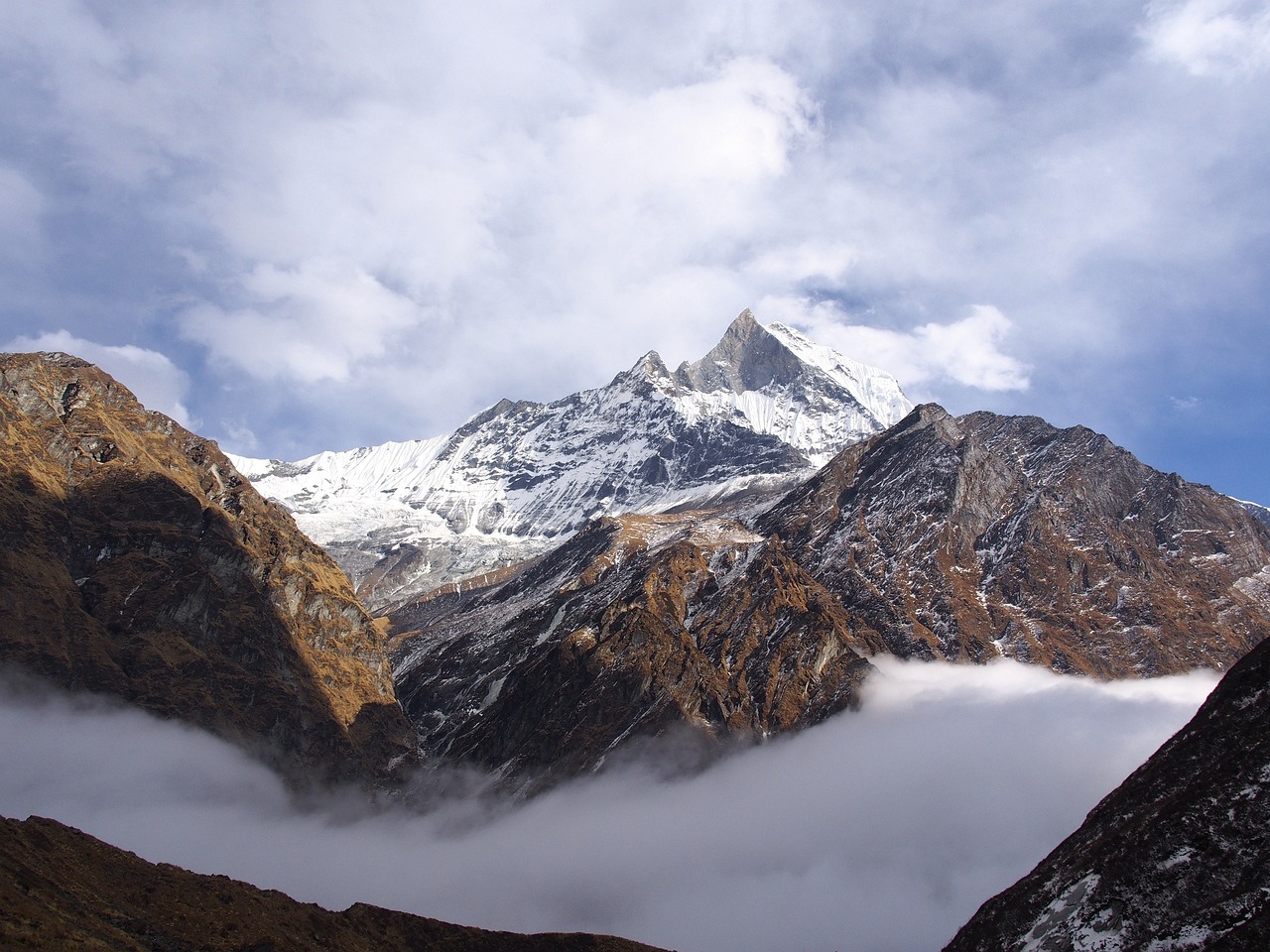Nepal Video
Local Celebrations and Holidays: What to Expect in Nepal
Nepal is a country rich in cultural diversity, and its celebrations and holidays reflect this vibrant heritage. From religious festivals to national holidays, the people of Nepal take great pride in their traditions and celebrate them with enthusiasm and joy. If you are planning a visit to Nepal, it is important to be aware of the local celebrations and holidays to fully immerse yourself in the cultural experience. This article will provide you with a detailed overview of what to expect during your time in Nepal.
Nepal Image 1:

1. Dashain
Dashain is one of the most important and widely celebrated festivals in Nepal. It is a Hindu festival that lasts for 15 days and usually falls in September or October. During Dashain, the entire country comes alive with vibrant colors, music, and dancing. The festival commemorates the victory of good over evil and the triumph of the goddess Durga over the buffalo demon Mahisasur. People visit temples, offer prayers, and receive blessings from their elders. The highlight of Dashain is the worship of the goddess Durga and the animal sacrifices that take place in temples across the country.
- Kite Flying: One popular tradition during Dashain is kite flying. People of all ages gather on rooftops and fly colorful kites, creating a spectacular sight in the sky.
- Tika and Blessings: On the tenth day of Dashain, families gather to receive tika, a mixture of rice, yogurt, and vermilion, on their foreheads. Elders bless their younger relatives with wishes for prosperity and success.
- Feasting: Dashain is also a time for feasting and indulging in delicious traditional Nepali cuisine. Families come together to share meals and celebrate the festival with joy and laughter.
- Swinging: Another popular tradition during Dashain is swinging on decorated swings called “ping.” Swings are set up in open spaces, and people enjoy the thrill of swinging high in the air.
2. Tihar
Tihar, also known as the Festival of Lights, is another major celebration in Nepal. It usually takes place in October or November and lasts for five days. Tihar is dedicated to various deities, including the goddess of wealth, Laxmi, and the crow, dog, and cow, which hold significant spiritual and cultural importance in Nepal. The festival is marked by the lighting of oil lamps, colorful decorations, and the exchange of gifts among family and friends.
- Lighting of Oil Lamps: During Tihar, homes and streets are adorned with oil lamps, creating a mesmerizing sight. The lights symbolize the triumph of light over darkness and are believed to bring prosperity and good fortune.
- Deity Worship: Each day of Tihar is dedicated to the worship of a specific deity. People offer prayers, flowers, and sweets to seek blessings and protection.
- Playing Deusi and Bhailo: Deusi and Bhailo are traditional songs and dances performed during Tihar. Groups of young people go from house to house, singing and dancing, and receive money or treats as a token of appreciation.
- Brother-Sister Bond: The last day of Tihar is Bhai Tika, dedicated to celebrating the bond between brothers and sisters. Sisters perform a special ritual, applying tika on their brothers’ foreheads and offering them sweets and gifts. In return, brothers give blessings and presents to their sisters.
3. Holi
Holi, the festival of colors, is celebrated with great enthusiasm in Nepal. It usually falls in March and marks the arrival of spring. Holi is a joyous occasion where people come together to play with colored powders and water, dance, and enjoy festive treats. The festival signifies the victory of good over evil and the arrival of happiness and prosperity.
- Colorful Celebrations: During Holi, the streets of Nepal come alive with vibrant colors. People throw colored powders and spray water on each other, creating a playful and festive atmosphere.
- Music and Dance: Holi is accompanied by traditional music and dance performances. People gather in public spaces to sing and dance, celebrating the festival with joy and energy.
- Sweet Delicacies: Holi is also a time for indulging in delicious sweets and snacks. Gujiya, a sweet dumpling filled with dried fruits and nuts, is a popular treat during the festival.
- Community Bonding: Holi brings people together, fostering a sense of unity and camaraderie. Friends, neighbors, and even strangers join in the celebrations, forgetting differences and embracing the spirit of togetherness.
Nepal Image 2:

4. Nepali New Year
Nepali New Year, also known as Baisakh, is celebrated in mid-April and marks the beginning of the Nepali calendar year. It is a time for new beginnings, reflection, and renewal. The festival is observed with various cultural events, feasts, and religious rituals.
- Cultural Performances: Nepali New Year is celebrated with cultural performances, including traditional dances, music, and dramas that showcase the rich cultural heritage of Nepal.
- Prayer and Rituals: People visit temples and perform prayers to seek blessings for a prosperous year ahead. They also participate in religious ceremonies and rituals to purify their minds and souls.
- Traditional Attire: During Nepali New Year, people wear traditional Nepali attire, such as daura suruwal for men and sari or kurta for women. The colorful clothing adds to the festive spirit of the celebrations.
- Feasting and Merriment: Families come together to share meals and celebrate the New Year with joy and merriment. Traditional Nepali dishes, such as dal bhat (lentil soup with rice), are prepared and enjoyed.
5. Buddha Jayanti
Buddha Jayanti, also known as Vesak, is a significant religious festival celebrated by Buddhists in Nepal. It commemorates the birth, enlightenment, and death of Gautam Buddha, the founder of Buddhism. The festival falls on the full moon day in May and is marked by various religious activities and cultural events.
- Candlelight Processions: On Buddha Jayanti, devotees participate in candlelight processions, walking around Buddhist stupas and temples while chanting prayers and paying homage to Lord Buddha.
- Offerings and Prayers: People visit Buddhist monasteries and offer flowers, incense, and prayers to seek blessings and enlightenment. They also listen to sermons and teachings of Buddha.
- Cultural Programs: Cultural programs, including traditional dances, music, and dramas, are organized to celebrate Buddha Jayanti. These events promote Buddhist teachings and values.
- Vegetarianism: Many Buddhists observe vegetarianism during Buddha Jayanti as a way of practicing compassion and non-violence. Vegetarian meals and snacks are served during the festival.
Nepal Image 3:

6. Teej
Teej is a fasting festival celebrated by Hindu women in Nepal. It usually falls in August or September and is dedicated to the goddess Parvati, who is worshipped for marital bliss and well-being. Teej is marked by fasting, prayers, and various cultural rituals.
- Fasting and Devotion: Women observe a rigorous fast on Teej, abstaining from food and water for the well-being of their husbands and families. They perform prayers and rituals to seek the blessings of Goddess Parvati.
- Red Attire: Women dress in vibrant red attire, symbolizing love and fertility, on the day of Teej. Red bangles, sindoor (vermilion), and mehndi (henna) are also significant elements of the festival.
- Swings and Songs: Women gather in groups to sing traditional Teej songs and dance on swings decorated with flowers. The swinging motion represents the playful and joyful nature of Teej celebrations.
- Feasting and Celebrations: After the fast is broken, women indulge in delicious traditional dishes and sweets. Families come together to celebrate and share the joy of Teej.
Conclusion
Nepal’s local celebrations and holidays offer a fascinating glimpse into the country’s rich cultural tapestry. Whether you witness the vibrant festivities of Dashain, the illuminating beauty of Tihar, the colorful joy of Holi, or the religious reverence of Buddha Jayanti, these celebrations will leave you with unforgettable memories. Embrace the unique traditions, immerse yourself in the lively atmosphere, and experience the warmth and hospitality of the Nepali people. Plan your visit during these festive occasions, and you will truly understand the spirit of Nepal.
References
– nepalhomepage.com
– nepalitimes.com
– nepaltraveler.com
– nepal.com
– nepal.gov.np


